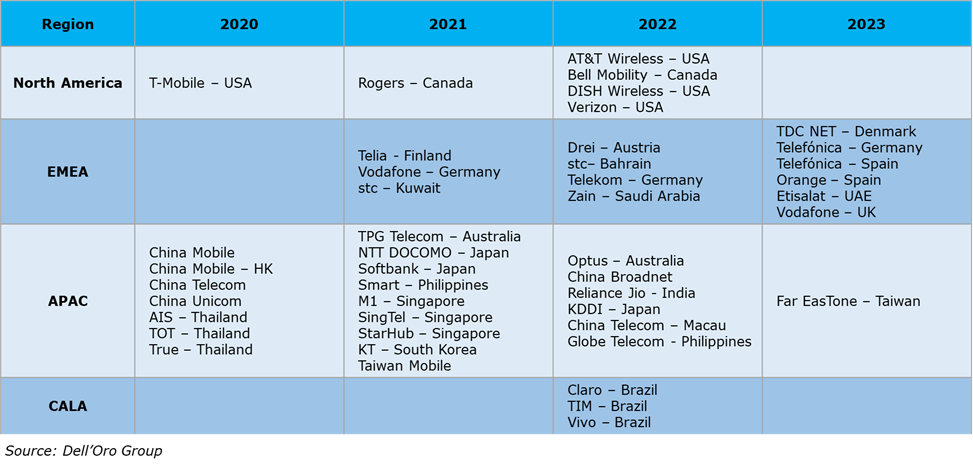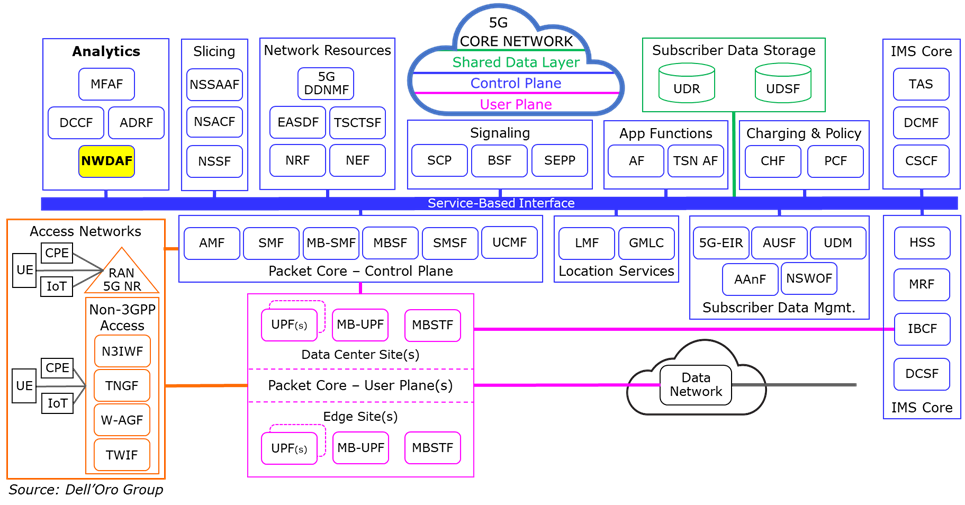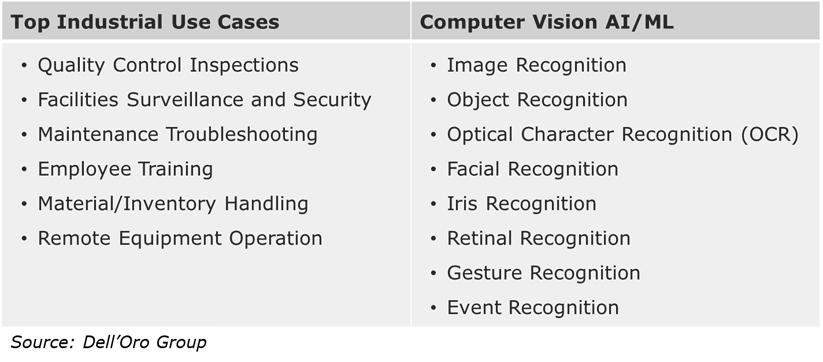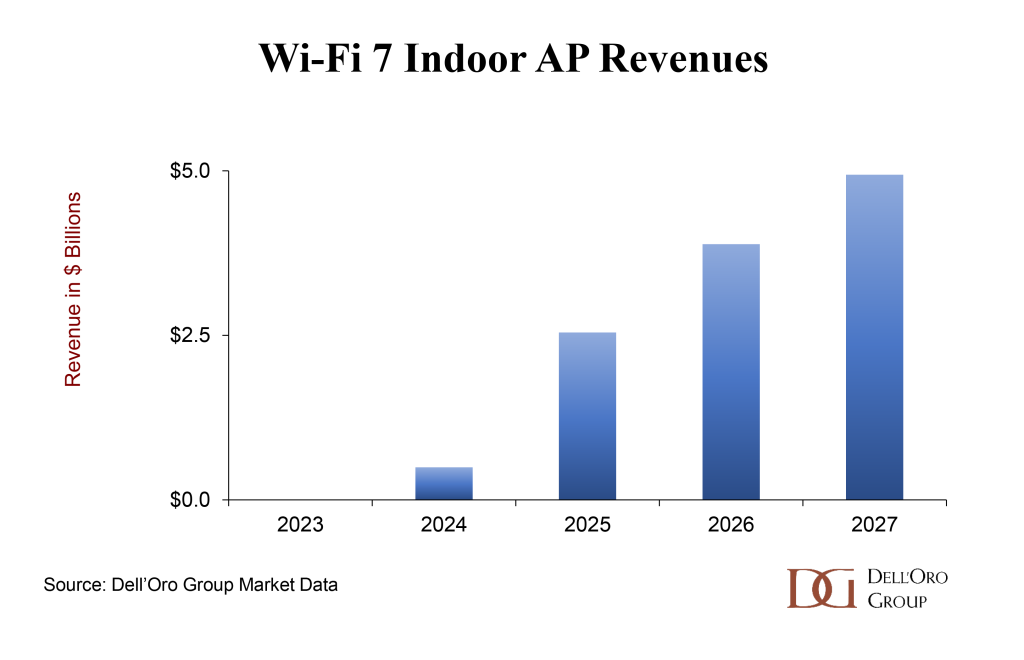5G Standalone and the 5G Core
The 5G Core is used in 5G Standalone (5G SA) networks as opposed to the 4G Evolved Packet Core (EPC) employed in 5G Non-Standalone (5G NSA) networks. Through 3Q 2023, 45 Mobile Network Operators (MNOs) have commercially launched 5G SA networks for consumers (Figure 1). Utilizing Artificial Intelligence/Machine Learning (AI/ML) becomes imperative for the 5G Core to operate efficiently. The same is true for many applications offered by MNOs; AI/ML brings these applications to reality. This blog will review an example of each.

Artificial Intelligence/Machine Learning (AI/ML) for 5G Core Data Analytics
AI/ML are the engines behind the Data Analytics required to automate real-time and near real-time decision-making based on raw data from consumer traffic activity, IoT sensors, and other devices. In the case of the 5G Core, the data will be generated by events coming from all of the network functions for network data analytics performed by the Network Data Analytics Function (NWDAF) (Figure 2). The sheer volume of data that may need to be analyzed—on the scale of petabytes—could never be handled manually.

Several types of AI/ML can be employed in NWDAF data analytics including:
- Descriptive Analytics answers questions about what happened in the past.
- Diagnostic Analytics offers insights into why those events happened.
- Real-time Analytics (On-demand Analytics or Streaming Analytics) includes:
- Predictive Analytics analyzes current and historical data to provide insights into what might happen in the future.
- Prescriptive Analytics suggests actions an organization could take based on those predictions.
AI/ML for 5G Computer Vision Application Data Analytics
Computer Vision is considered a “killer application” use case enabler because of all its capabilities when coupled with the right AI/ML data analytics. Figure 3 lists top industrial use cases enabled by Computer Vision high-performance Artificial Intelligence of Things (AIoT) devices.

Soon Proofs of Concepts (PoCs) and trials will be completed, and enterprises will start implementing these solutions at scale, all made possible because of AI/ML.
The Impact of Generative AI
Generative AI refers to a category of artificial intelligence (AI) algorithms that generate new outputs based on the data they have been trained on. Unlike traditional AI systems that are designed to recognize patterns and make predictions, generative AI creates new content in the form of images, text, audio, and more.
Generative AI has a wide range of applications, including:
- Images: Generative AI can create new images based on existing ones, such as creating a new portrait based on a person’s face or a new landscape based on existing scenery
- Text: Generative AI can be used to write news articles, poetry, and even scripts. It can also be used to translate text from one language to another
- Audio: Generative AI can generate new music tracks, sound effects, and even voice acting
Generative AI is a powerful tool that has the potential to revolutionize several industries. With its ability to create new content based on existing data, generative AI has the potential to change the way we create and consume content in the future.
Key Takeaway about AI/ML in the 5G Core
Whether creating new content with Generative AI for 5G consumers and enterprises, providing new applications centered around computer vision, or analyzing 5G network data with AI/ML, more computing power and storage will be required in the Telco Cloud Data Centers. If there is a demand to meet specific latency requirements, AI/ML will increase the demand for more computing power and storage at the 5G Core edge for Multi-access Edge Computing (MEC).


